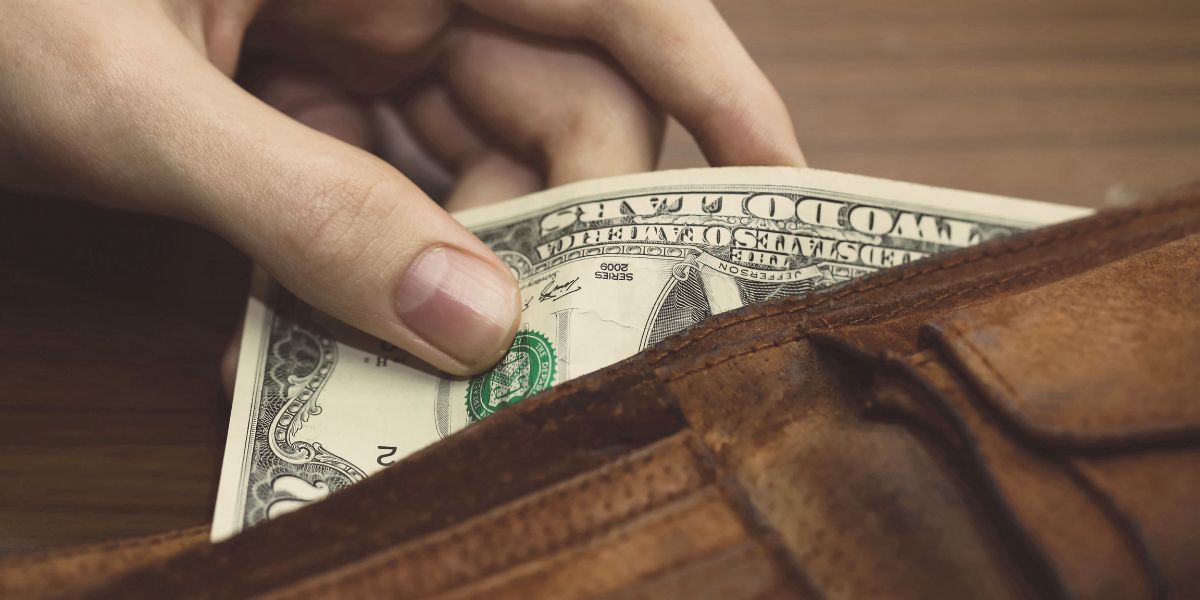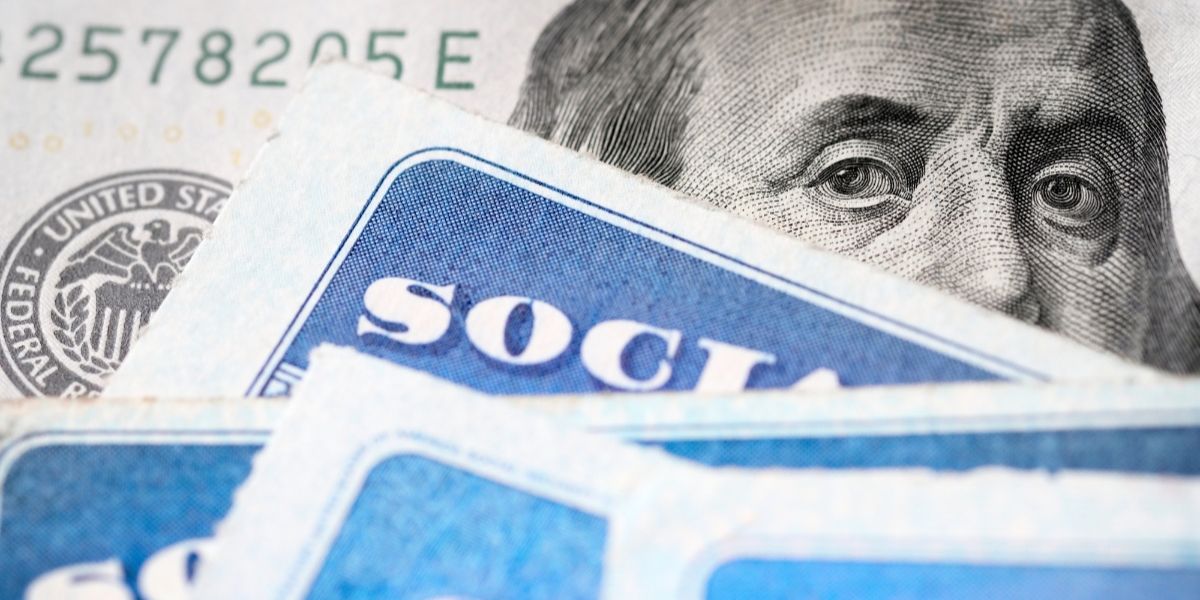Getting out of debt and boosting the savings pot is a great idea. Trying to get a system implemented to achieve this may be a bit trickier.
When basically understood, debt would refer to money or something else owed by one party to another party.
A lot of individuals and even companies incur debt when certain large purchases need to be made. These debts incurred need to be paid back, and usually with interest. That is, unless the debt is otherwise forgiven by the lender.
What rules guide the debt system?
When referring to debt, the common thought that crosses the mind is loans. This, in turn, again refers to your auto loans, personal loans, mortgage loans, credit cards, etc.
Most loans work under the system whereby the borrower receives a certain amount of money. This money then has to be repaid by a certain due date, the duration of which can be months or even years into the future.
Texas’s Red-Light Cameras Raise Questions: Are They About Safety or Money?
Interest is charged on this loan and is based on the terms of the loan as well as other factors. Interest is expressed as a certain percentage of the loan amount.
This then adds to the amount to be paid back. Interest is usually charged as a method to compensate the lender for the risk that is taken by issuing the loan. A credit card works a bit differently. It is regarded as open-ended or revolving credit, as there is no fixed end date.
The millionaire’s answer to savings
According to an article published in Forbes, the $1 rule seems to be a way to combat overspending, save more money, and work towards overall financial independence. The $1 rule helps one to keep track of financial goals without having severe restrictions applied to shopping. Implementation of this rule can commence at any time.
According to this rule, purchases are allowed, but only if they equate to $1 or less per use.
This takes a bit of the impulse out of shopping, as it forces the individual to think about the item to be purchased. Also, a deciding factor is how frequently the item will be used. So, in other words, it would then make a bit more sense to buy an item that would be used more than once as compared to a one-event purchase. The guilt-trip surrounding shopping is lessened to a degree.
Ruling out the two emotional extremes
When one equates the amount of use that will be obtained from a product with the purchase price, it can make sense to justify the amount of money spent, as per the rule of course.
This helps to curb those emotional shopping extremes of buying everything I see to buying nothing at all. The middle ground validates a purchase as long as a lot of value can be obtained from it.
Applying this rule to more expensive big-ticket items is also possible. And makes sense. Buying a cheap piece of furniture may not give you as much use as a more expensive piece. Practically speaking, the turnaround time on a cheap piece of furniture is much quicker than on your better quality items. Splurging on things such as experiences is not totally off the cards.
It is advised to choose three areas of interest to splurge on. This will only be done with the money saved by implementing the $1 rule. The long-term implication of this rule becomes a whole lot easier when it is fun, whilst at the same time, non-negotiable.
Putting more thought into what is purchased helps to bring clarity to the process. Items purchased will also add more long-term value to everything. This rule will go a long way in helping an individual obtain some measure of financial freedom.

 by
by 

